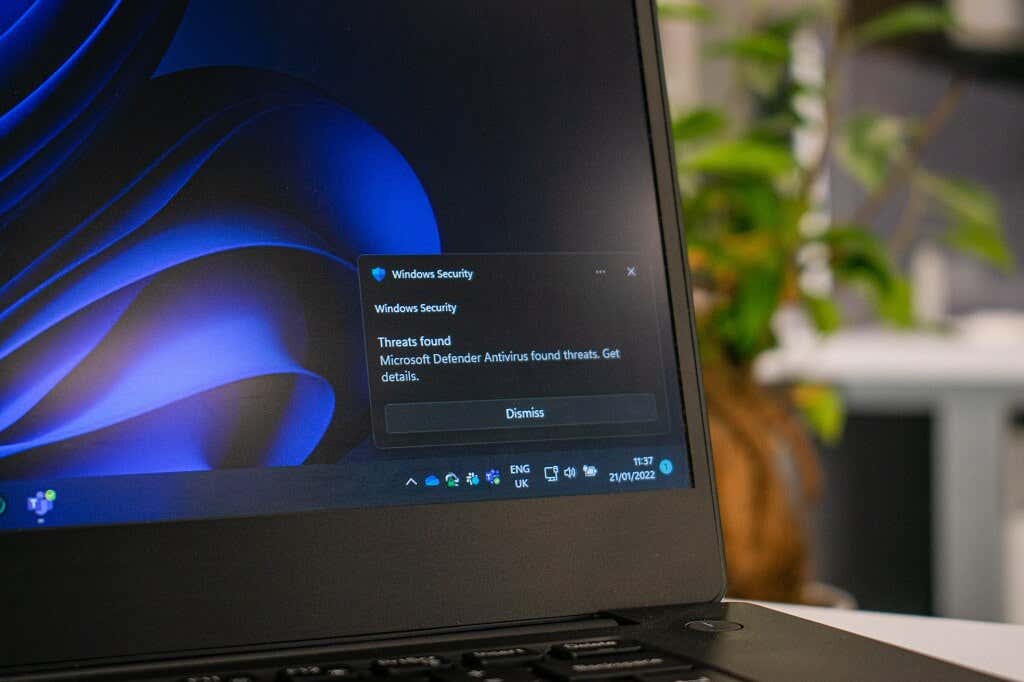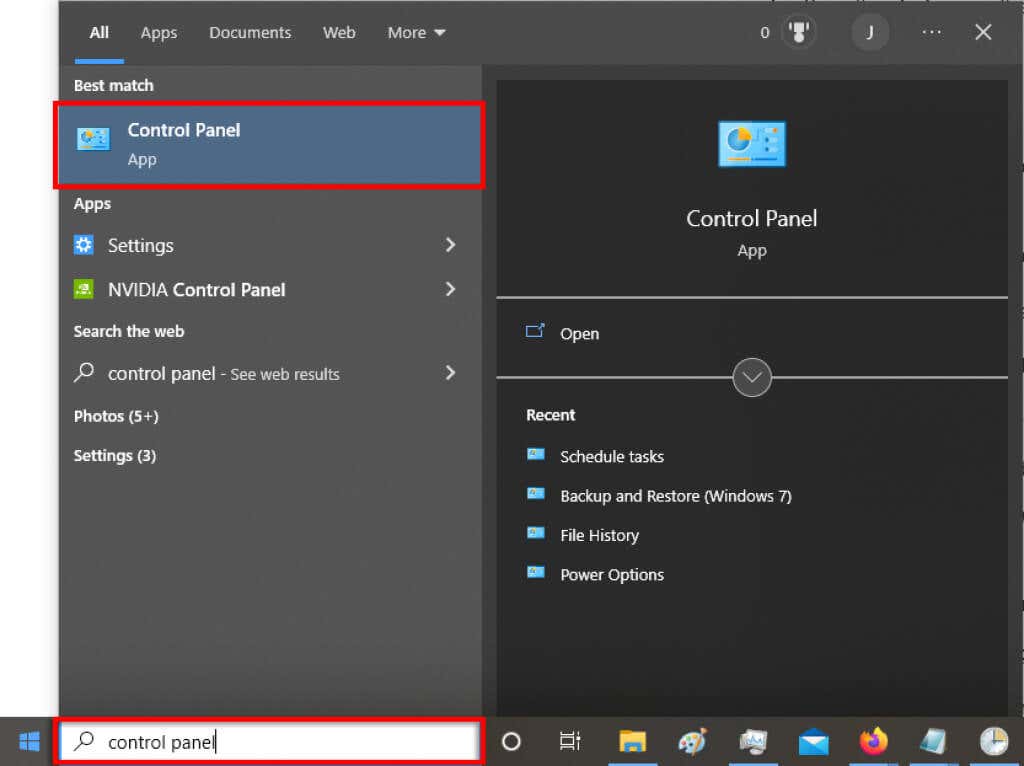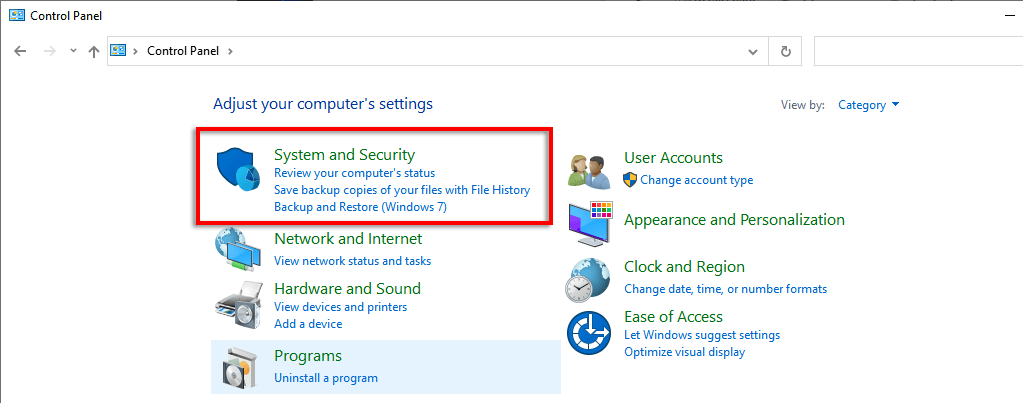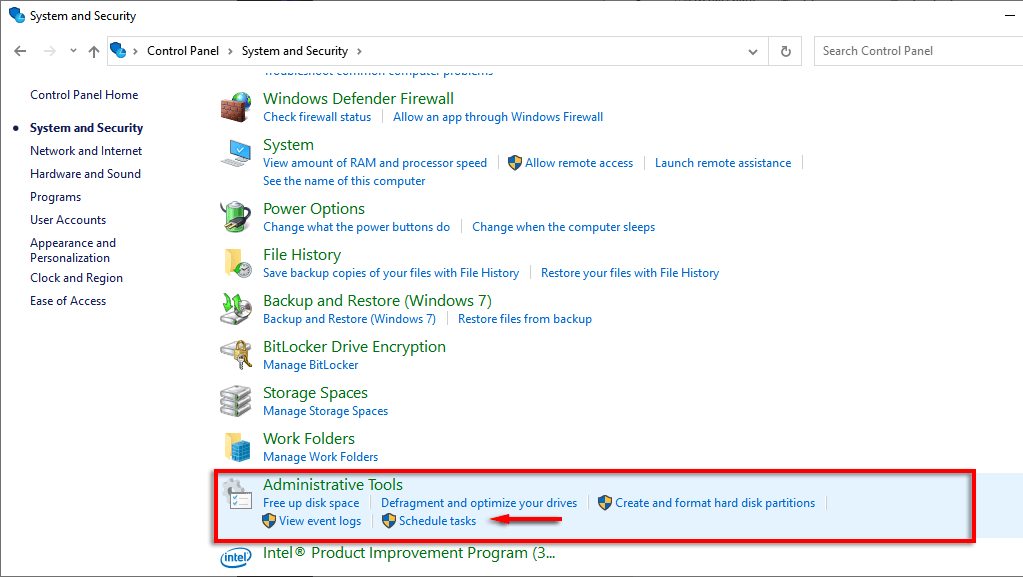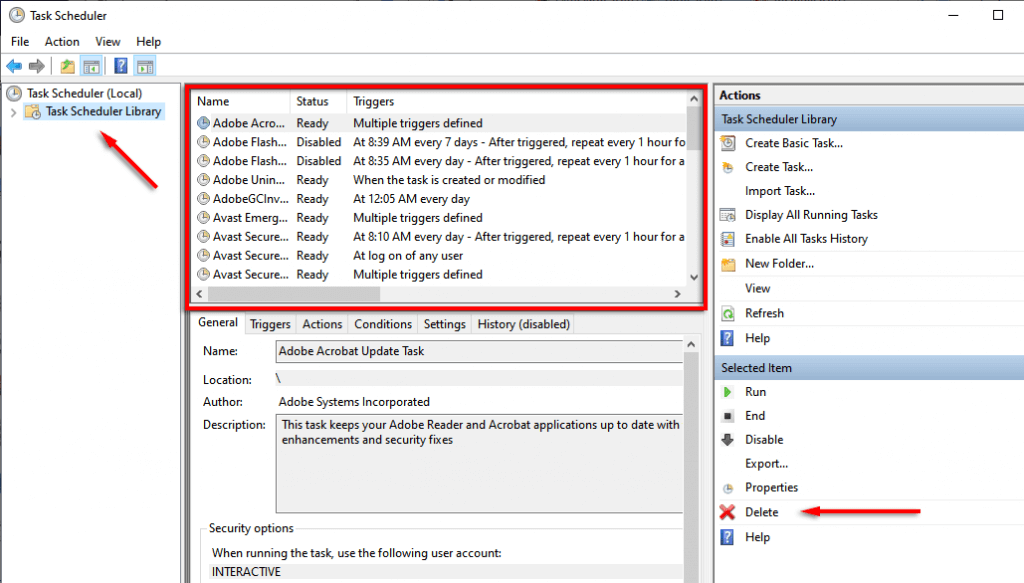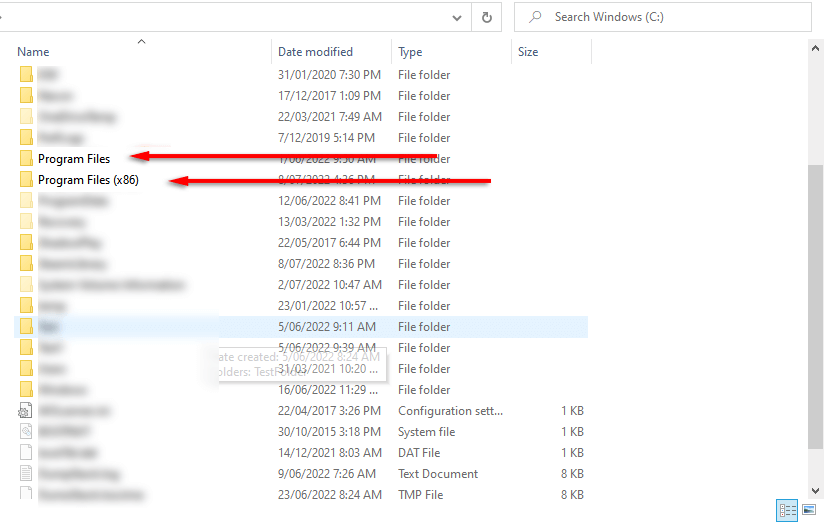Below, we’ll cover everything you should know about the Wave browser, including whether or not it’s malware.
Is the Wave Browser Safe?
The Wave browser is a Chromium-based browser developed by Wavesor Software (the trade name for Polarity Technologies Ltd, a subsidiary company owned by Genimous Technology known for search hijacking). It appears to be a legitimate browser available on Wavesor‘s official website. However, unlike the other browsers, the Wave web browser is a known browser hijacker. A browser hijacker is malicious software that attempts to alter the web browser’s activity to steal personal data or display unwanted advertising. As such, security experts have labeled the Wave browser as a PUP. PUPs aren‘t necessarily malware, but they are still potentially dangerous. The Wave browser is often distributed via file-bundling, being installed without user permission. If you suddenly find the Wave browser on your PC, but you didn’t install it, you should remove it immediately. Note: There are seemingly two Wave browsers. One found at wavebrowser.co (the PUP) and one located at wavebrowser.com (potentially safe).
How Did the Wave Browser Get on My PC?
The Wave browser usually gets installed on a computer via software bundling. This is when the installation wizard of a program also asks to install other software. Often users simply click “next” without checking what they are installing and end up with additional, unwanted programs. Alternatively, the software is installed without asking permission. The problem is that these often harbor malware or spyware which infects your PC.
Should I Remove the Wave Browser?
If Wave suddenly appears on your PC, you should remove it as quickly as possible. This is because:
How to Remove the Wave Browser on Windows
You cannot easily uninstall Wave browser as you would uninstall any program. You need to take some additional, unique steps to remove it. Unfortunately, doing this manually is nearly impossible without a high level of technical knowledge, as the program constantly changes to stay ahead of malware removal software. Luckily, some antimalware and antivirus programs now recognize the Wave browser and can remove it. For this, the best program reported by users is Malwarebytes Pro.
Step 1: Disable Wave Processes
To disable Wave processes:
- Open Task Manager by pressing Ctrl + Shift + Esc and clicking the Details tab.
- Scroll through and search for any Wave processes.
- If you find one, right-click it and select End Task.
Step 2: Uninstall Wave Browser
To uninstall Wave:
Step 3: Run Malwarebytes
To remove traces of the Wave browser using Malwarebytes: Note: You may need Malwarebytes Pro to remove all infected files. Luckily, Malwarebytes offers a 14-day free trial that you can use to disinfect your system. While Malwarebytes can now detect and remove Wave reasonably well, you may still need to remove certain elements manually. The Wave browser is often programmed to reinstall itself at certain intervals, such as on startup.
Step 4: Remove the Startup Entry
To do so:
- Open Task Manager again and select Startup.
- Find the Wave browser process, click it and select Disable.
Step 5: Delete Any Scheduled Events
To do so:
Step 6: Remove the WaveSor User Folder
To find and remove all Wave file locations: Note: You may have to enable hidden folders. To do so, in File Explorer, select the View tab and select Options. Scroll down and check Show hidden files, folders, and drives and uncheck Hide protected operating system files.
Step 7: Remove Registry Keys
To remove any Wave browser registry keys:
Step 8: Check for the Wave Browser Plug-in
Open your web browser and check to see whether the Wave plug-in appears. If you find it, remove it. It’s also an idea to simply reset your web browser to factory default to remove any traces of the browser hijacker.
Step 9: Reboot the PC and Repeat Steps if Necessary
Restart your computer and check to see if the Wave browser has managed to reinstall itself or not. If so, repeat the steps above.
If All Else Fails
Hopefully, you’re no longer being plagued by the Wave browser. However, if, after multiple reboots, you still find the Wave browser has reinstalled itself, your final hope is to perform a clean install of Windows. Make sure to back up any critical data before doing so, as it will all be deleted in the process.


